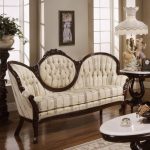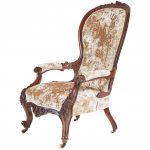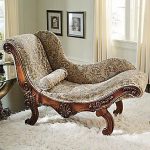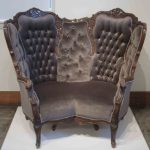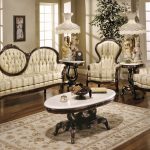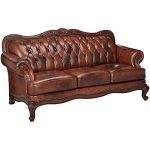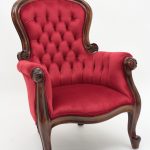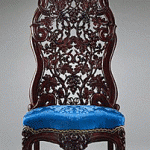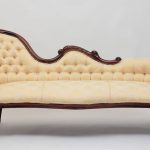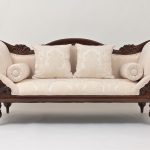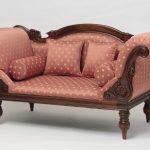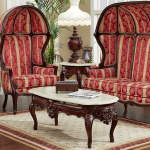Victorian furniture is known for its ornate details, intricate carvings, and elaborate designs. This style of furniture emerged during the reign of Queen Victoria in the 19th century and was influenced by a variety of design styles, including Gothic, Rococo, and Renaissance. Understanding the intricate details of Victorian furniture is essential for appreciating its beauty and historical significance.
One of the most distinctive features of Victorian furniture is its intricate carvings. Furniture makers during the Victorian era were skilled craftsmen who created intricate designs using hand tools and techniques. Carvings often featured floral motifs, scrolls, and intricate patterns that added a sense of grandeur to the pieces.
In addition to carvings, Victorian furniture was also known for its use of ornate decorations such as brass hardware, porcelain insets, and inlay work. These details added a touch of elegance and sophistication to the furniture, making it highly sought after by the upper classes.
Another key characteristic of Victorian furniture is its use of rich, luxurious materials such as mahogany, walnut, and rosewood. These woods were often stained or painted in dark, rich colors to accentuate the intricate carvings and decorations.
Victorian furniture also featured plush upholstery and tufted details, which added a sense of opulence and comfort to the pieces. Chairs and sofas were often upholstered in velvet, silk, or brocade fabrics, and adorned with fringe, tassels, and decorative buttons.
When it comes to identifying Victorian furniture, there are a few key characteristics to look for. One of the most telltale signs of Victorian furniture is its ornate, ornamental design. Look for intricate carvings, decorative details, and elaborate decorations that are typical of the Victorian era.
Another important feature to consider is the type of wood used in the construction of the piece. Victorian furniture is often made from high-quality woods such as mahogany, walnut, and rosewood, which were popular during the 19th century.
Finally, pay attention to the overall style and design of the piece. Victorian furniture is known for its elaborate, lavish designs that reflect the opulence and luxury of the era. Look for furniture with curved lines, arched tops, and decorative flourishes that are characteristic of Victorian design.
In conclusion, understanding the intricate details of Victorian furniture is essential for appreciating its beauty and historical significance. By recognizing the ornate carvings, rich materials, and luxurious decorations that are typical of Victorian furniture, you can gain a greater appreciation for this unique and elegant style. Whether you are a collector, antique enthusiast, or simply a lover of beautiful furniture, Victorian pieces are sure to add a touch of grandeur and sophistication to any space.
 darbylanefurniture.com Interior design ideas with the latest interior inspiration
darbylanefurniture.com Interior design ideas with the latest interior inspiration

